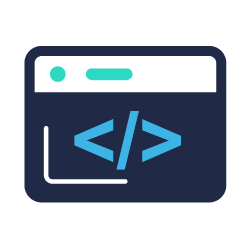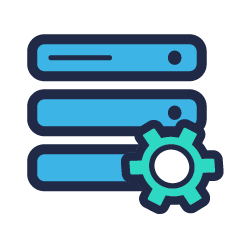World-class educational ERP, created with the aim of automating and improving academic, administrative and financial management processes
Mission
Our mission is to empower every educational institution to overcome technological barriers and achieve a new level of efficiency and quality in academic and administrative management.
Vision
Our vision is to close the digital divide in higher education, transforming the way universities manage their processes and optimizing their impact on society.
Benefits of having AKDEMIC








We are committed to closing the digital gap in the education sector



Working methodology

We carry out an in-depth analysis of the current situation of the educational institution. This includes the evaluation of its systems, processes and challenges, with the aim of identifying areas for improvement and opportunities for optimization through an ERP. Key data is collected that will serve as a basis for the implementation of the system.
Based on the diagnosis, the specific needs of the institution are determined. All key areas are involved, such as administration, academic and technological, to define the functional and technical requirements that the ERP must cover, ensuring that the system responds to the requirements of the institution.
We establish the objectives that the implementation of the system must meet. Specific, measurable and achievable goals are determined in the short, medium and long term. At the same time, strategies are designed to allow the implementation of the ERP based on what was planned.
We assess the feasibility of the project from a technical and legal perspective. This includes reviewing the existing technological infrastructure, compatibility with new technologies, security requirements, as well as compliance with legal standards and regulations relevant to the education sector.
We develop a detailed plan that includes timelines with key dates and deadlines, identification of necessary resources such as personnel and technology, and a budget that covers all costs, including a contingency plan. Clear roles and responsibilities are defined for each team member, the project scope is established with precise objectives and functionalities, a communication plan is created to coordinate stakeholders, and potential risks are identified with strategies for their mitigation and management. This comprehensive plan ensures an organized and effective ERP implementation.
We carry out the ERP implementation based on the established planning. Tasks such as software installation, system configuration, and staff training are carried out. Constant supervision is carried out to verify compliance with deadlines and budgets. Necessary adjustments are made based on detected problems or changes in requirements to ensure that the project continues to advance as planned.
Continuous improvement is a key point to keep the system updated and aligned with the changing needs of educational institutions. This is applied through a series of practices that seek to optimize the performance of the ERP, ensure its adaptability and improve the experience for both administrators and end users, such as students, teachers and administrative staff.

